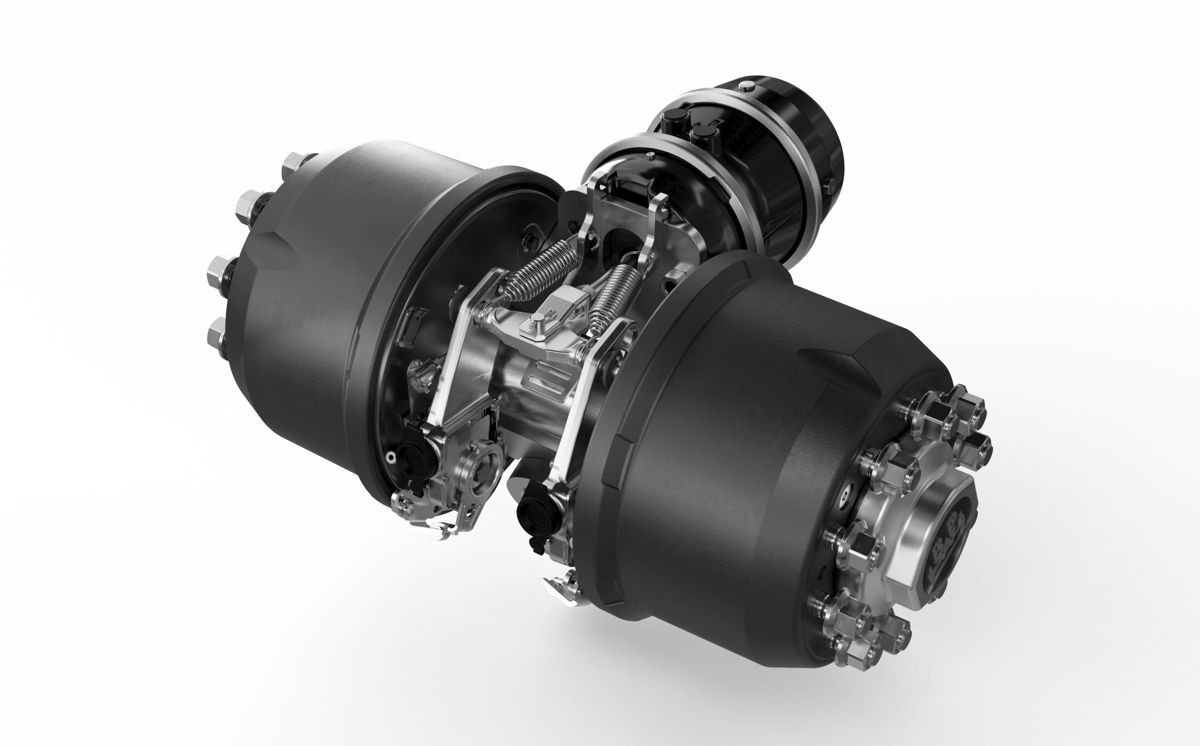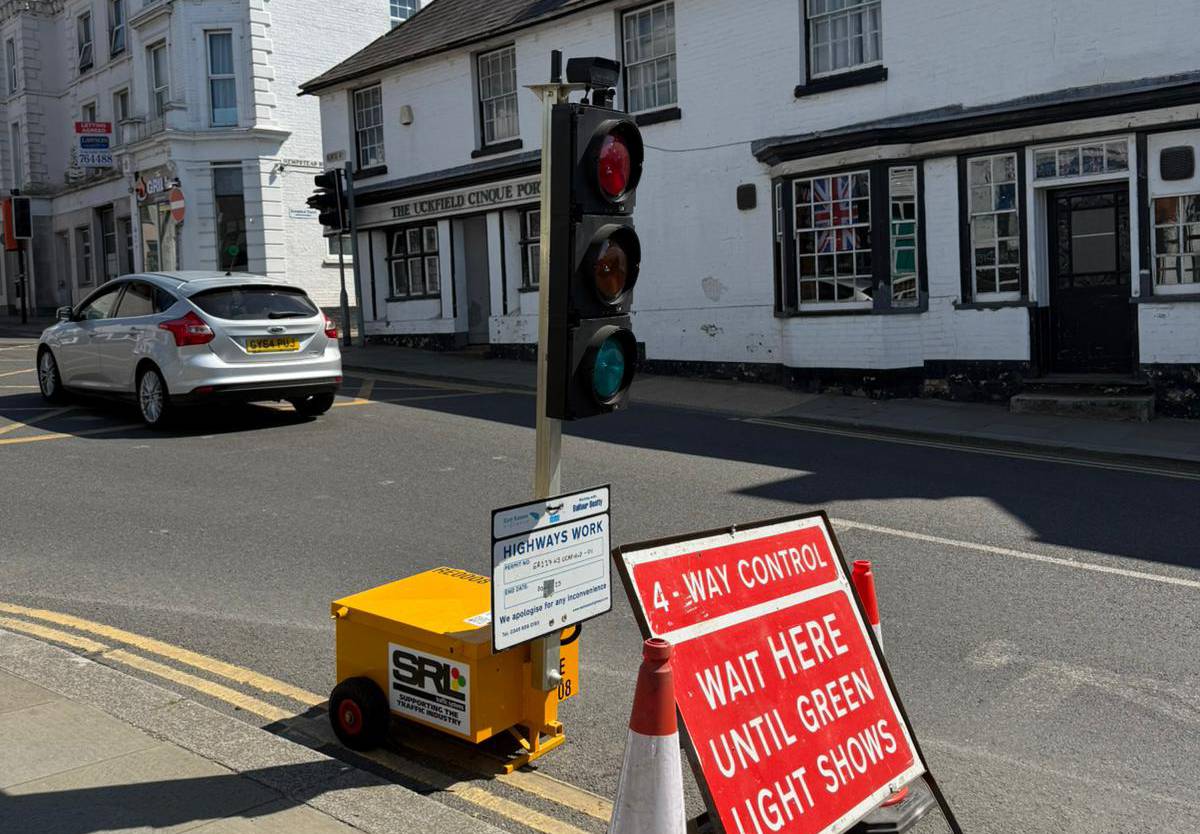Concrete Innovation Goes Electric with Volvo and Putzmeister at bauma
Volvo Trucks and Putzmeister are turning heads at bauma in Munich, unveiling one of the world’s largest battery-electric concrete pump trucks. Towering with a 42-metre reach and brimming with next-gen tech, this zero-exhaust emissions vehicle is already set to roll out to its first customer, Swedish construction giant Swerock.
The announcement isn’t just a product showcase—it marks a major milestone in the race to decarbonise construction. As Christoph Fitz, Head of Sales at Volvo Trucks Germany, put it: “Volvo Trucks is the innovator when it comes to new technologies in combination with electric trucks… we are proud to show yet another world-class innovation.”
An All-Electric Concrete Ecosystem
With this new launch, Volvo Trucks now offers a fully electric alternative for every stage of concrete handling—transporting, mixing and pumping. That’s a complete clean-energy chain from source to site. Teaming up with Putzmeister, a global heavyweight in pumping solutions, Volvo has crafted a truck that doesn’t just drive to the site—it becomes part of it.
The truck’s unique edge lies in its operational flexibility. Capable of travelling up to 50 kilometres on a single charge and then pumping around 50 m3 of concrete, it’s tailor-made for inner-city and short-range construction projects.
Need more juice on site? No problem. The vehicle features a CCS2 Combined Charging System, allowing for continuous pumping while plugged into either a 63A or 32A on-site charger. That’s a game-changer for job site logistics.
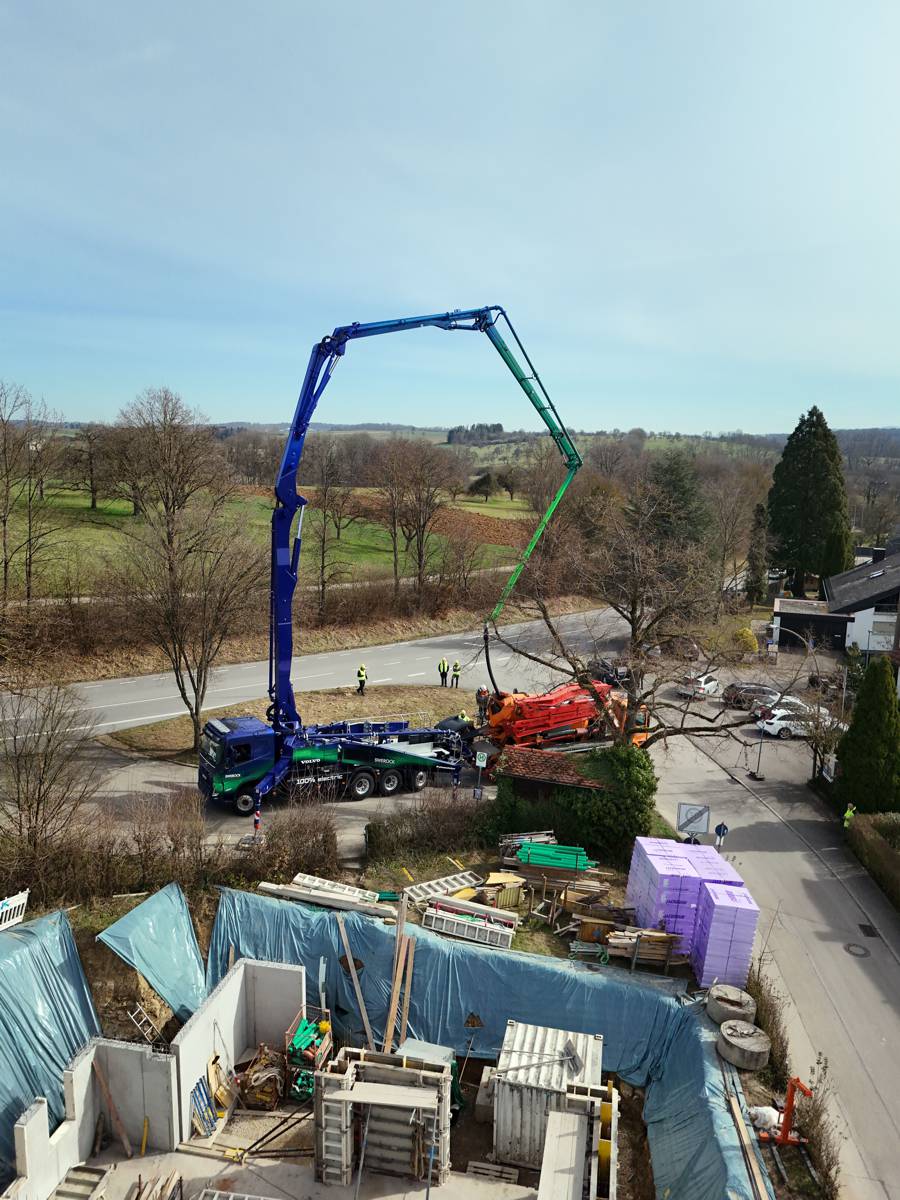
Power Under the Hood
The Volvo FM Electric 8×4 Rigid Tag Tridem configuration underpins this beast, with two electric motors delivering a combined continuous output of 330kW. Power is managed through the tried-and-tested I-Shift gearbox, providing smooth, torque-rich performance.
Here’s a quick breakdown of the tech:
- Battery system: 4 batteries with a total capacity of 360kWh, with 250kWh usable
- Charging: CCS2 standard, AC up to 43kW, DC fast-charging up to 250kW
- Driveline: 2 electric motors, continuous 330kW output
- Weight: 32 tonnes across four axles
And here’s the kicker—charging can happen while the truck’s pumping concrete, thanks to the clever integration of the electric PTO (Power Take-Off). That means zero downtime and maximum productivity.
The Players Behind the Project
Putzmeister’s role can’t be overstated. Since 1958, the company has set the benchmark in concrete pumping solutions and mining equipment. With over 20 global subsidiaries and a reputation for German engineering excellence, their kit is built to last and built to lead.
Putzmeister was among the first construction machinery manufacturers to earn ISO 9001 certification back in 1994, and their continuous innovation has kept them at the forefront of industry standards ever since.
Meanwhile, Swerock—part of the Peab Group—is no stranger to sustainability. As one of the largest concrete and construction materials suppliers in Sweden, Finland, and Norway, Swerock has publicly committed to slashing its concrete CO2 emissions by 50% before 2030. Getting the keys to this new battery-electric pump truck is a solid step toward that target.
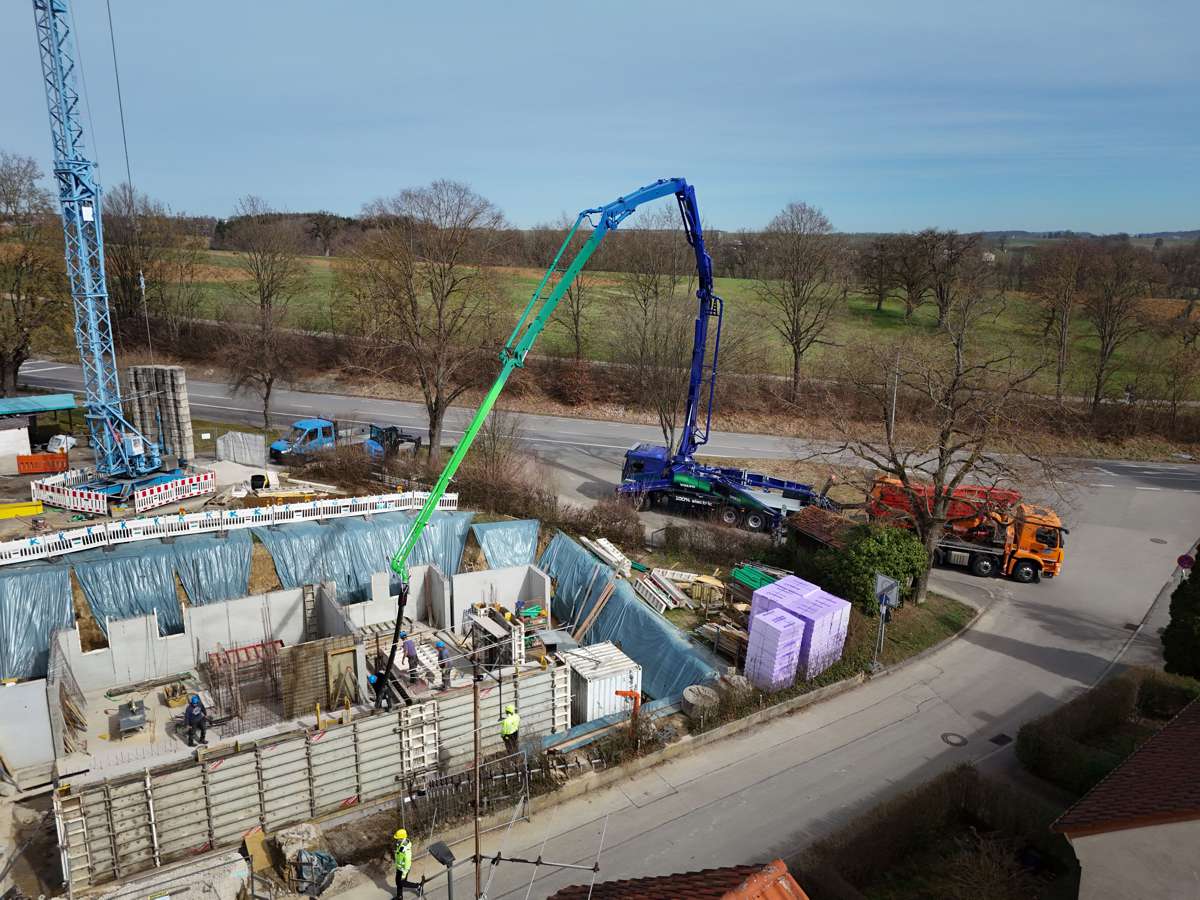
Building a Cleaner Industry, One Truck at a Time
This isn’t just about a single truck. Volvo has been playing the long game in electric mobility. Since starting series production of electric trucks in 2019, the Swedish manufacturer has delivered more than 4,900 electric units globally. In fact, they hold a 50% market share in battery-electric trucks in Europe and have a leading presence in North America.
And it’s not limited to concrete. Volvo’s electric portfolio spans:
- Transport trucks
- Cement mixers
- Tippers
- Hook lifts
- Cranes
- Concrete pumps
With manufacturing in 12 countries and service points in 130, Volvo is building an electric empire for the heavy-duty world. In 2024 alone, the company delivered around 134,000 trucks globally.
Designed for Real-World Demands
Construction sites aren’t exactly gentle environments, and electric vehicles need to work just as hard—if not harder—than their diesel counterparts. This new pump truck doesn’t shy away from that challenge.
From city builds to infrastructure upgrades, the Volvo-Putzmeister machine is engineered for the daily grind. It addresses two key concerns in urban environments: reducing emissions and lowering noise. That’s a double win for city councils trying to meet environmental targets while keeping residents happy.
“With this battery-electric pump truck, customers can have a zero-exhaust emission solution, low-noise operation and an efficient process thanks to the work-while-charging capacity,” says Fitz.
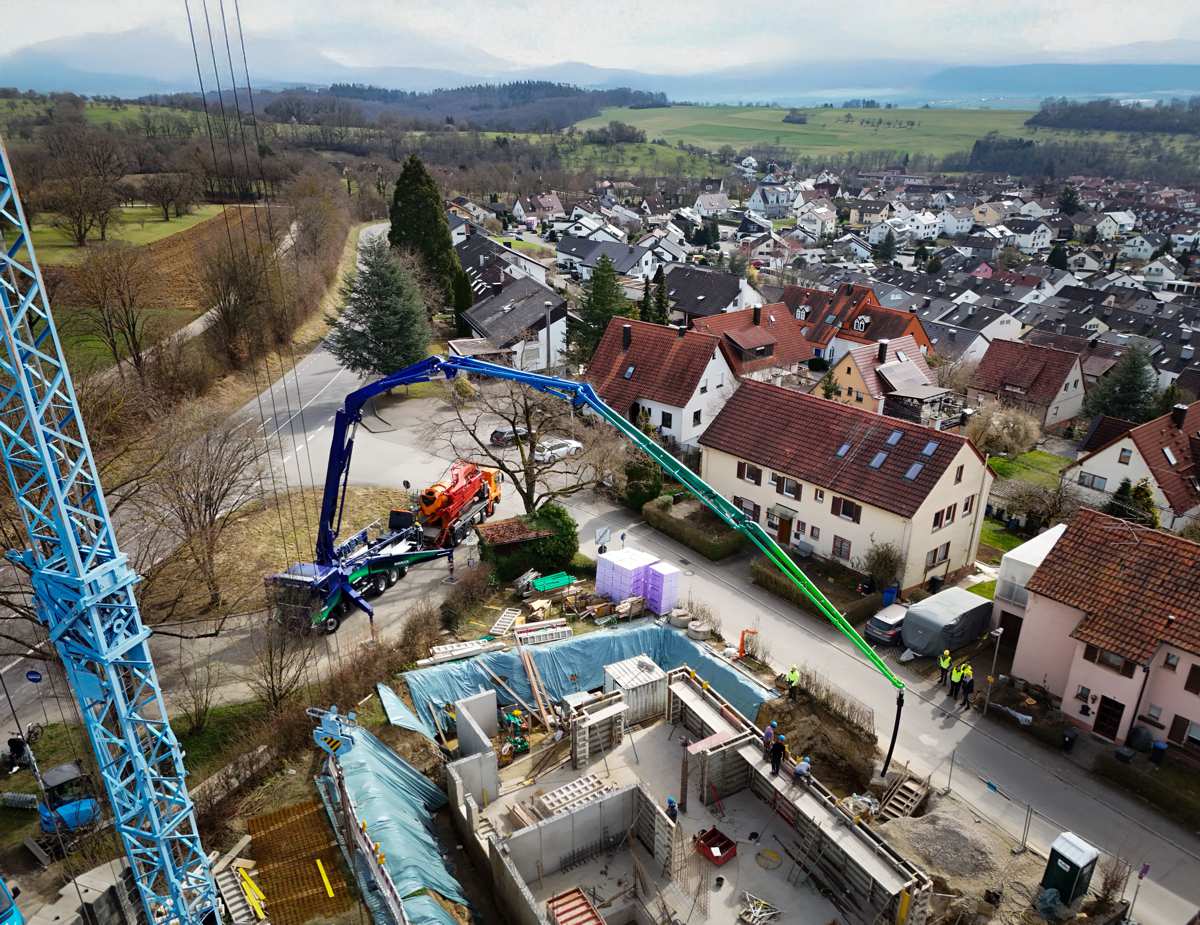
The bauma Effect
bauma Munich, the world’s leading construction machinery trade fair, has become a launchpad for industry-defining innovations—and this year was no exception. The buzz around this electric concrete pump truck highlights a bigger trend: zero-emission construction isn’t a pipe dream, it’s happening right now.
With governments across Europe pushing for stricter emissions regulations, and private firms like Swerock stepping up their sustainability game, the market is hungry for solutions that tick all the boxes—performance, reliability, and green credentials.
Charging Ahead with Confidence
Of course, challenges remain. Widespread adoption will require robust on-site charging infrastructure, smart logistics planning, and perhaps most importantly, a shift in mindset. But Volvo and Putzmeister have proven the concept works—and works well.
In doing so, they’ve helped move electric concrete solutions from novelty to necessity. For fleet operators and contractors eyeing long-term sustainability, this could be the moment they’ve been waiting for.
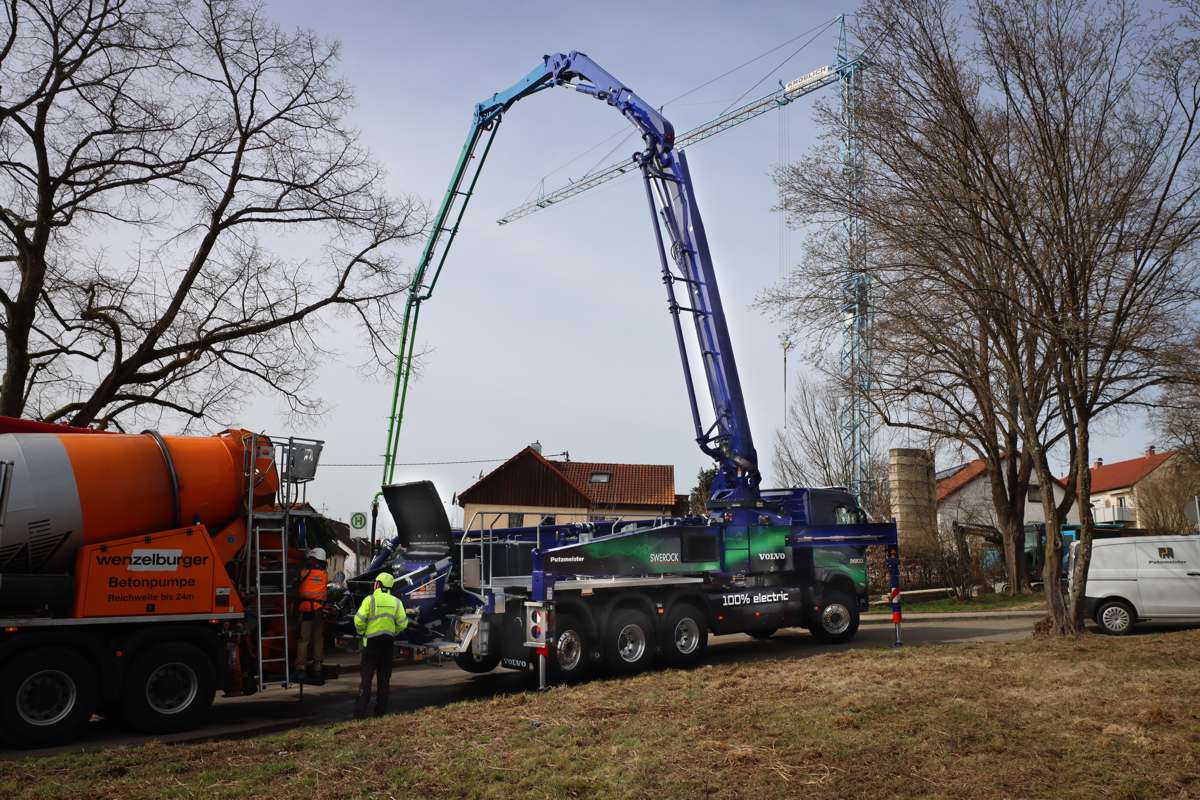
A Bright Road Ahead for Electric Construction
The partnership between Volvo Trucks, Putzmeister and Swerock is more than a collaboration—it’s a signal to the industry. Cleaner, quieter, and just as powerful, battery-electric construction equipment is ready to shoulder the heavy lifting of tomorrow.
If this new concrete pump truck is anything to go by, the future of sustainable construction looks tall, sleek, and incredibly quiet.










